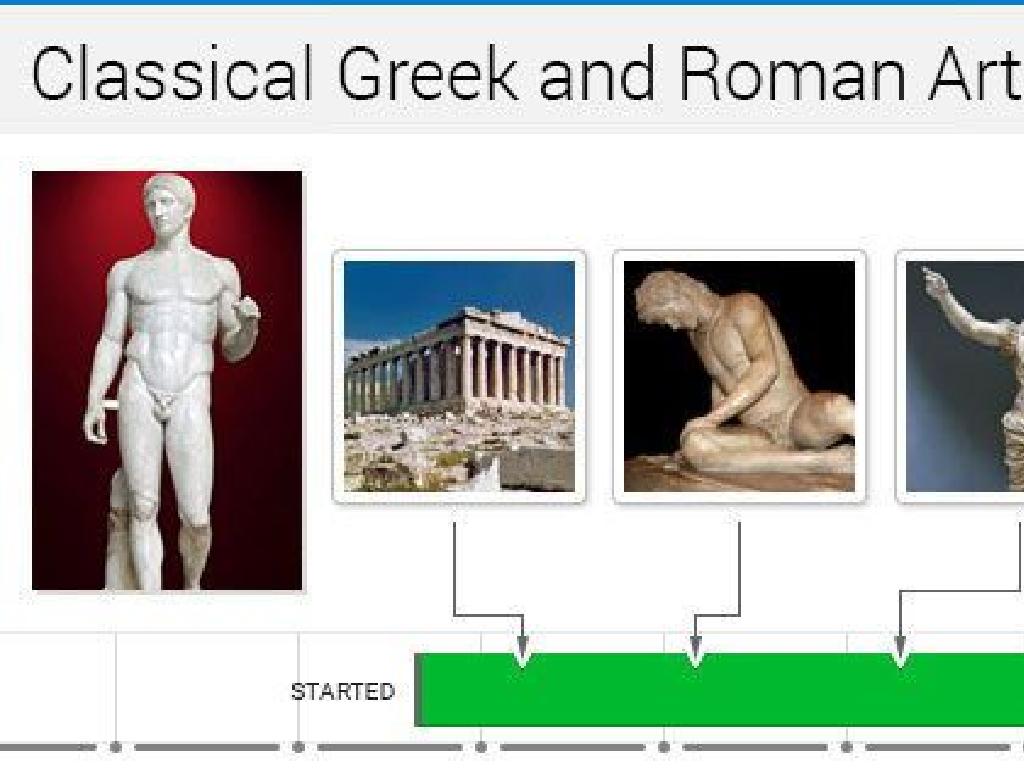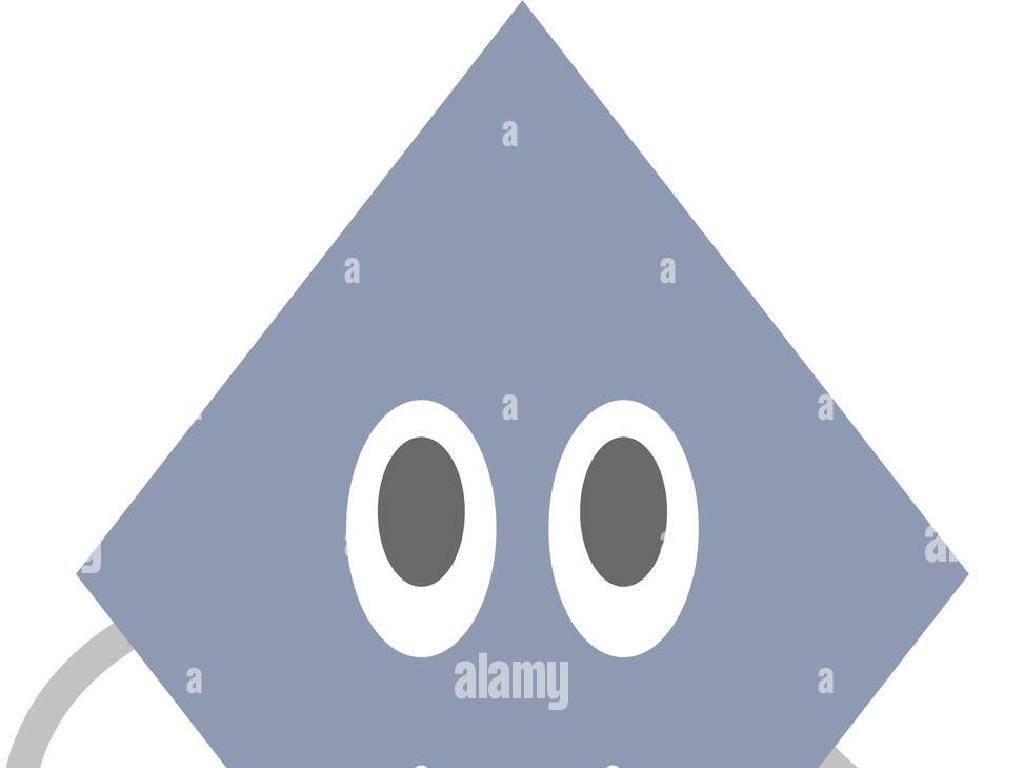Trace An Argument
Subject: Language arts
Grade: Sixth grade
Topic: Analyzing Arguments
Please LOG IN to download the presentation. Access is available to registered users only.
View More Content
Tracing an Argument in Discussions
– Define an argument’s components
– An argument has a claim, reasons, and evidence.
– Importance of tracing arguments
– Tracing helps us understand and evaluate arguments.
– Identifying the claim
– The claim is the main point the author is trying to make.
– Finding reasons and evidence
– Reasons support the claim; evidence backs up the reasons.
|
In today’s lesson, we’ll explore the concept of tracing an argument, which is a critical skill in understanding persuasive writing and discussions. Students will learn to identify the different components of an argument, including the claim, reasons, and evidence. Understanding how to trace an argument helps students to critically evaluate the strength of the points made and the validity of the evidence provided. This skill is not only important in academic settings but also in everyday life as it enables students to make informed decisions and engage in thoughtful discussions. Encourage students to practice by analyzing simple arguments and identifying these components.
Understanding Arguments in Writing
– Define an argument in writing
– An argument presents a viewpoint or a stance on a topic.
– Explore parts of an argument
– Claim: the writer’s position. Evidence: supports the claim. Reasoning: explains why the evidence is relevant.
– Claim, Evidence, and Reasoning
– Claim is like an opinion, evidence is the proof, and reasoning connects them.
– Everyday examples of arguments
– Debates with friends, persuading parents, advertisements.
|
This slide introduces the concept of an argument in the context of writing, aiming to familiarize students with the fundamental structure of an argument, which includes a claim, evidence, and reasoning. A claim is the main point or stance that the writer is trying to convey. Evidence consists of facts, data, or other information that supports the claim. Reasoning is the logical explanation of how the evidence supports the claim. To make the concept relatable, provide everyday examples such as debating a favorite game with friends, persuading parents for a later bedtime, or analyzing a commercial’s claim about a product. Encourage students to think critically about the arguments they encounter daily and to identify the claim, evidence, and reasoning in those arguments.
Tracing the Argument: The Claim
– What is a claim in an argument?
– A claim states the writer’s position or belief.
– The role of a claim
– It’s the main point that the rest of the argument is built upon.
– Activity: Find the claim
– Look at sentences and pinpoint the main argument.
– Discuss your findings
– Share and explain why you think it’s the claim.
|
This slide introduces the concept of a claim in an argument, which is essential for students to understand as they learn to analyze arguments. The claim is the foundation of an argument, the point that the writer is trying to prove. During the activity, provide students with sentences or short paragraphs and ask them to identify the claim. This will help them recognize how a claim functions within an argument. After the activity, facilitate a discussion where students share the claims they’ve identified and explain their reasoning. This will not only reinforce their understanding but also encourage critical thinking and discussion skills.
Understanding Evidence in Arguments
– Define what evidence is
– Evidence supports claims in an argument, like clues in a detective case.
– Explore types of evidence
– Facts, statistics, personal experiences, expert opinions, and anecdotes.
– Activity: Match evidence to claims
– You’ll get practice connecting the right evidence to different claims.
|
This slide introduces the concept of evidence and its importance in constructing arguments. Start by defining evidence as the information that supports a claim, much like clues help solve a mystery. Discuss the different types of evidence such as factual data, statistics, personal stories, authoritative quotes, and real-life examples. For the activity, provide students with a list of claims and a separate list of possible evidence. Their task is to match each claim with the most appropriate evidence. This will help them understand how evidence strengthens an argument. The activity can be done individually or in small groups to encourage collaboration. Offer several examples and encourage discussion on why certain evidence is more convincing for a given claim.
Understanding Reasoning in Arguments
– Connection between evidence and claim
– Reasoning explains why evidence supports the claim.
– Characteristics of strong reasoning
– Strong reasoning is logical, clear, and directly related to the claim.
– Activity: Analyzing reasoning
– Look at arguments and decide if the reasoning is strong or weak.
– Discuss examples in class
|
This slide aims to teach students how reasoning acts as a bridge between evidence and the claim in an argument. Start by explaining that reasoning is the rationale that links the evidence to the claim, making the argument convincing. Discuss what makes reasoning strong: it should be logical, clear, and directly related to the claim. For the activity, provide students with example arguments and ask them to analyze the reasoning used. They should determine whether the reasoning effectively supports the claim with the evidence provided. Encourage group discussions to allow students to share their thoughts and understand different perspectives. This will help them to critically evaluate arguments and understand the importance of solid reasoning.
Tracing an Argument in Language Arts
– Learn steps to trace an argument
– Identify the claim, evidence, and reasoning
– Practice tracing argument flow
– Follow the progression from claim to conclusion
– Group Activity: Analyze a paragraph
– Work together to dissect the argument structure
– Discuss findings with the class
|
This slide introduces students to the concept of tracing an argument, which is a critical skill in analyzing persuasive texts. Start by explaining the steps involved in tracing an argument: identifying the main claim, the evidence supporting it, and the reasoning that connects the evidence to the claim. Then, have students practice by tracing the flow of an argument in a sample text. The group activity involves students working in small teams to trace an argument in a provided paragraph, focusing on how the author builds the case. After the activity, each group will share their analysis with the class, fostering a discussion on different interpretations and understanding of the argument. For the teacher: Prepare paragraphs with clear arguments for the activity, and consider different scenarios or topics to cater to varied interests.
Class Activity: Crafting and Presenting Arguments
– Form groups and pick a topic
– Develop your group’s argument
– Discuss and decide on your stance and main points
– Present your argument to the class
– Speak clearly and explain your reasons
– Class traces each group’s argument
– Listen and identify the claims, reasons, and evidence
|
This activity is designed to engage students in creating and analyzing arguments. Divide the class into small groups and assign or let them choose a topic to argue about. Each group should discuss their topic and create a clear argument with a claim, reasons, and evidence. When presenting, other students should pay attention to these elements to trace the argument effectively. After presentations, discuss as a class the different arguments and the effectiveness of each. This will help students understand the structure of an argument and how to analyze one critically. Possible topics could include school uniforms, homework policies, or environmental issues relevant to their age group.
Conclusion & Reflection: Tracing an Argument
– Recap of tracing arguments
– Value of argument analysis
– Understanding arguments helps in critical thinking and effective communication.
– Engage in Q&A session
– Ask any questions about today’s lesson or provide examples for clarification.
– Reflect on today’s learning
– Think about how this skill can help in daily life and other subjects.
|
As we wrap up today’s lesson, it’s important to review the key concepts of tracing an argument, which include identifying the main claim, supporting evidence, and understanding the author’s purpose. Emphasize to students that this skill is crucial for critical thinking and can be applied in many areas of life, such as evaluating advertisements or forming their own arguments. Encourage students to ask questions to clarify any uncertainties and to reflect on what they’ve learned. This reflection can help solidify their understanding and recognize the importance of the skills they’ve acquired. Possible activities for different students could include creating their own arguments, analyzing a text together, or debating a topic using the structure they’ve learned.





